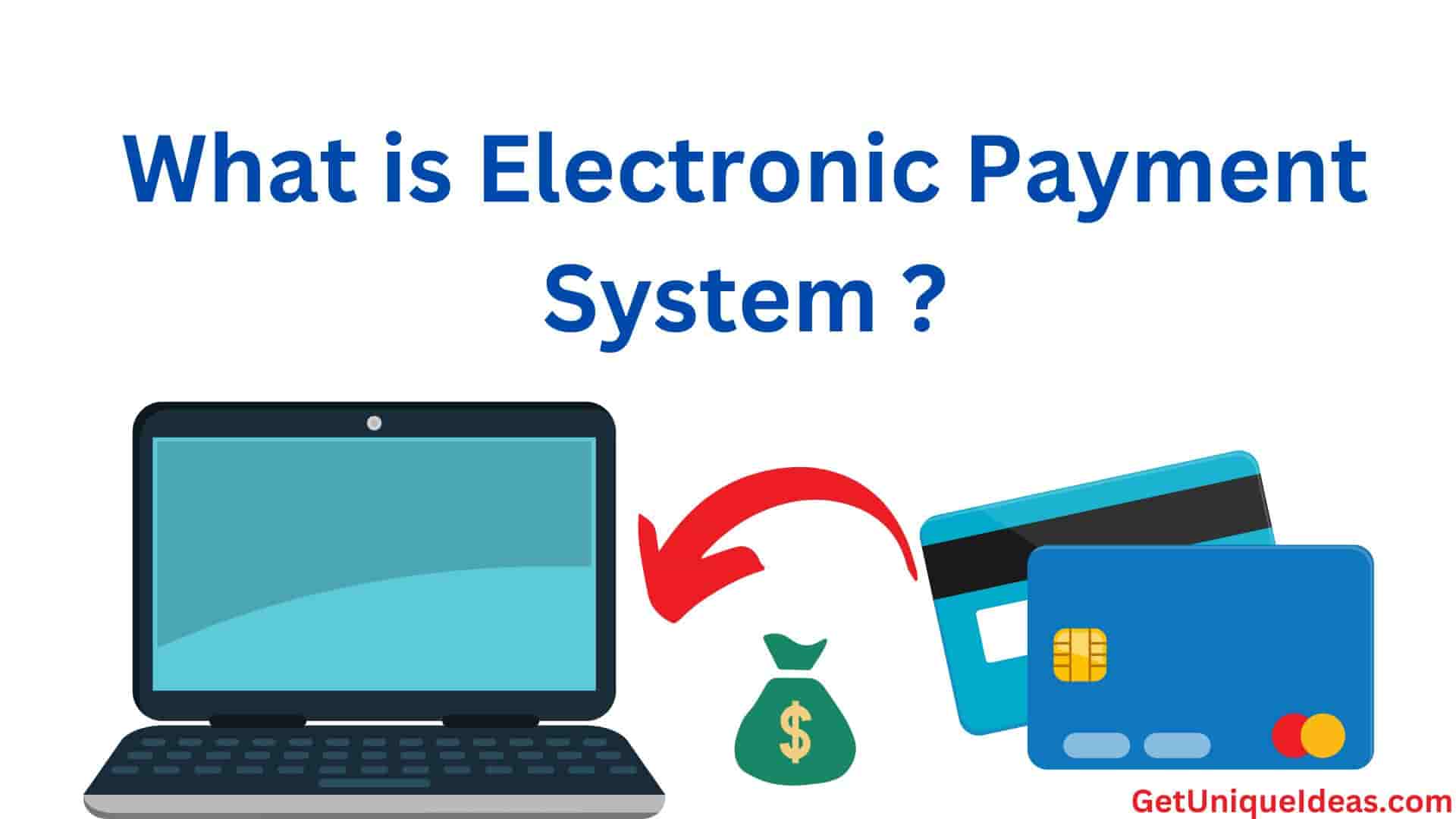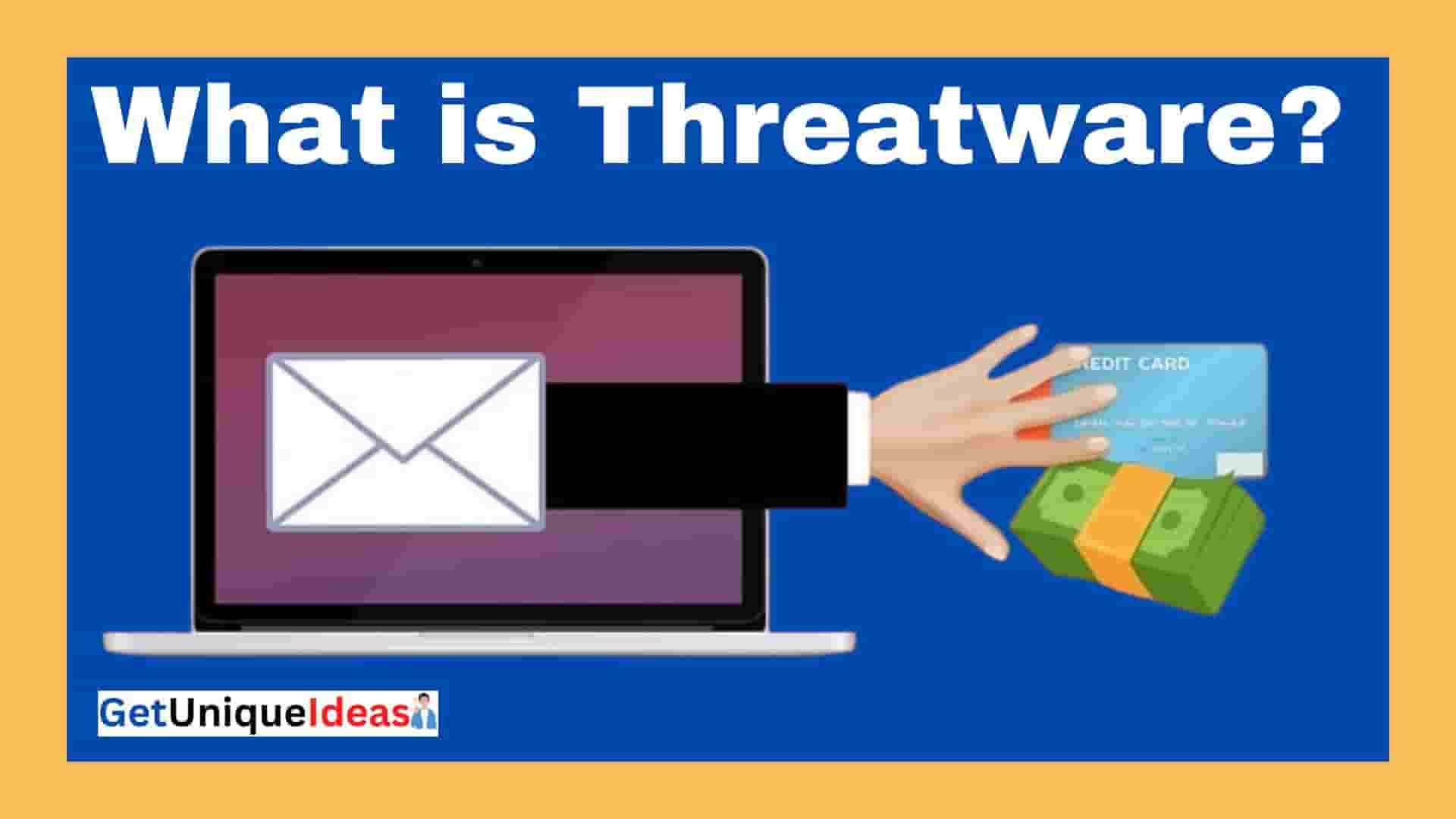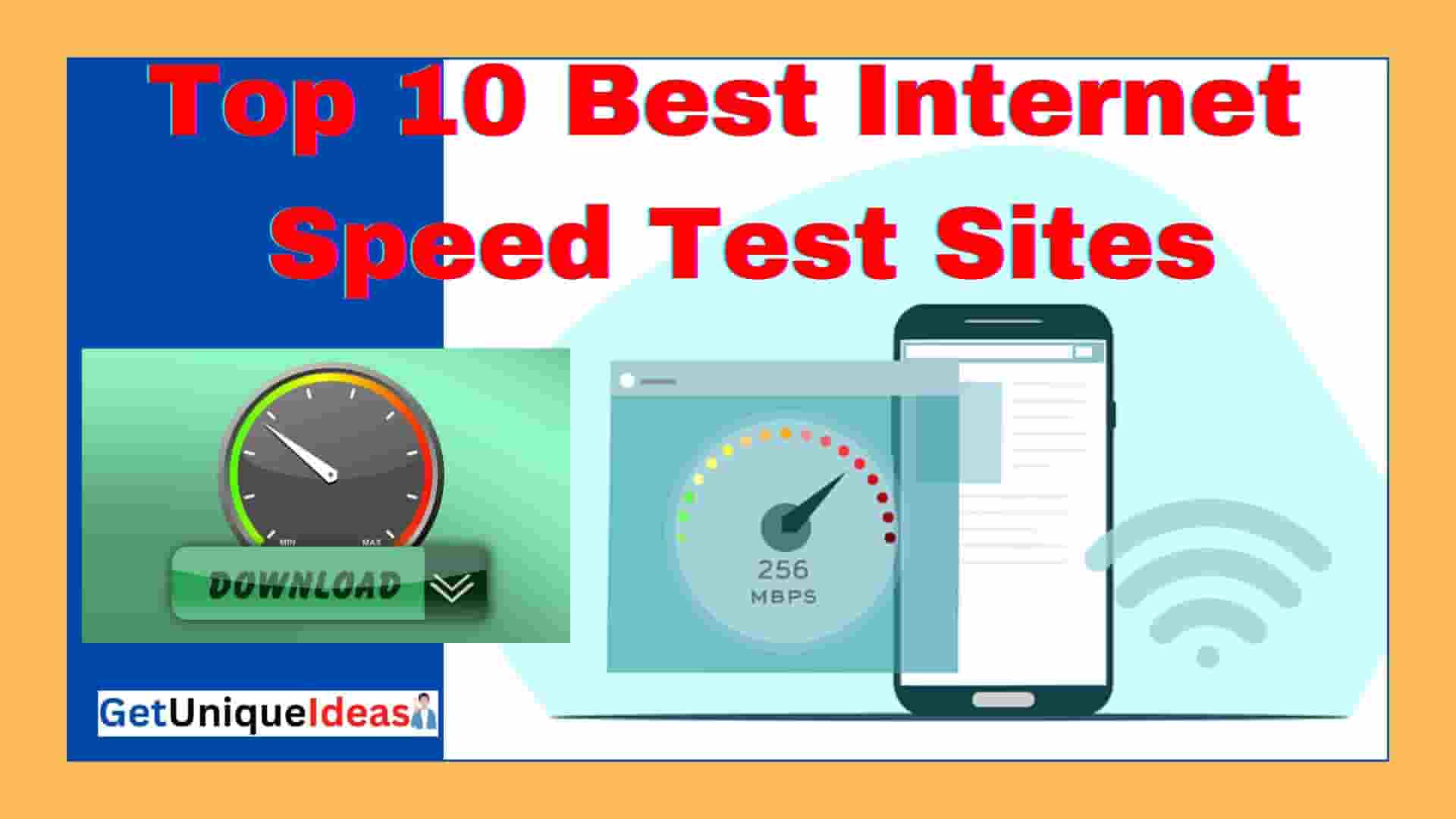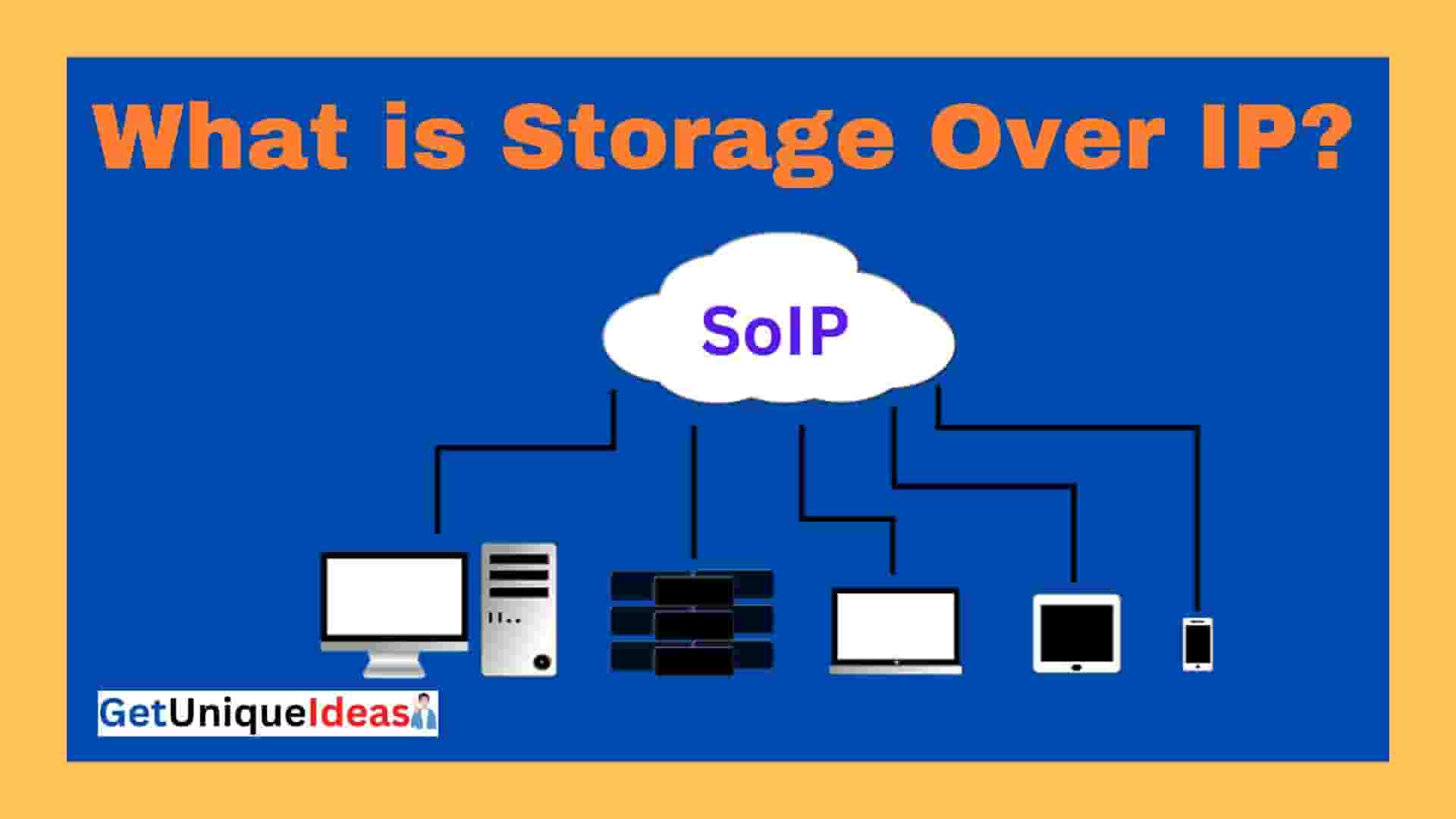The internet is an integral part of our daily lives. It allows us to connect to the rest of the world, communicate, learn, work, as well as entertain ourselves.
Not all internet connections are the same. There are many internet connections, each with its advantages and disadvantages.
We will be discussing the different types of internet connections in this Post.
Different types of internet connections
There are several types of internet connections available, including:
Dial-up Internet Connection –
The first internet connection that was widely used in the 1990s was dial-up.
To connect to the internet, it uses a telephone line.
The modem converts digital data to analog signals, which are sent over the telephone line.
56 kbps is the maximum speed for dial-up connections. This is slower than modern standards.
DSL Internet Connection –
DSL (Digital Subscriber Line), is a broadband internet connection that transmits data via a telephone line.
DSL uses a different frequency band than dial-up. This allows voice and data to be sent simultaneously, unlike dial-up.
DSL can reach speeds up to 100Mbps (megabits per sec) depending on how good the telephone line is and how far the exchange is from the site.
Cable Internet Connection –
The infrastructure used for cable internet is the same as that for cable TV.
To transmit data to the internet, it uses a coaxial cable. DSL is slower than cable internet, and can reach speeds of up to 1 Gbps (1 gigabit per second).
Cable internet is often shared by multiple users within the same area, which can cause congestion and slow speeds during peak hours.
Fiber Optic Internet Connection –
Fiber optic internet uses optical fibers to transmit data via light pulses.
Fiber optic internet has the fastest internet connection, reaching speeds of up to 10 Gbps (gigabits per second).
Fiber optic internet is more reliable than DSL or cable and can be used in areas where DSL is not available.
Fiber optic internet may not be available in all areas, and it can be more costly than other internet connections.
Cellular Internet Connection –
Cellular internet connects to the internet using a cellular network.
It can be used on smartphones and other mobile devices as a backup internet connection.
Cellular internet is expensive and limited in data usage.
Satellite Internet Connection –
Satellite internet uses satellites orbiting around the earth to transmit data.
Satellite internet is an option for those who live in remote or rural areas and don’t have access to other types of internet.
Satellite internet speeds are slower than other internet connections and can reach speeds of up to 25Mbps (megabits/second).
Satellite internet is more costly and has a higher latency which can impact online gaming and video conference.
Conclusion
There are many types of internet connections, each with their own benefits and drawbacks.
Fiber optic is faster and more reliable than dial-up, but it is slowest and less reliable.
DSL and cable internet can be good choices for most people.
Satellite internet is an option for those who live in remote or rural areas. To find the best internet connection for you, take into account your budget and whereabouts.
Other Links:-









